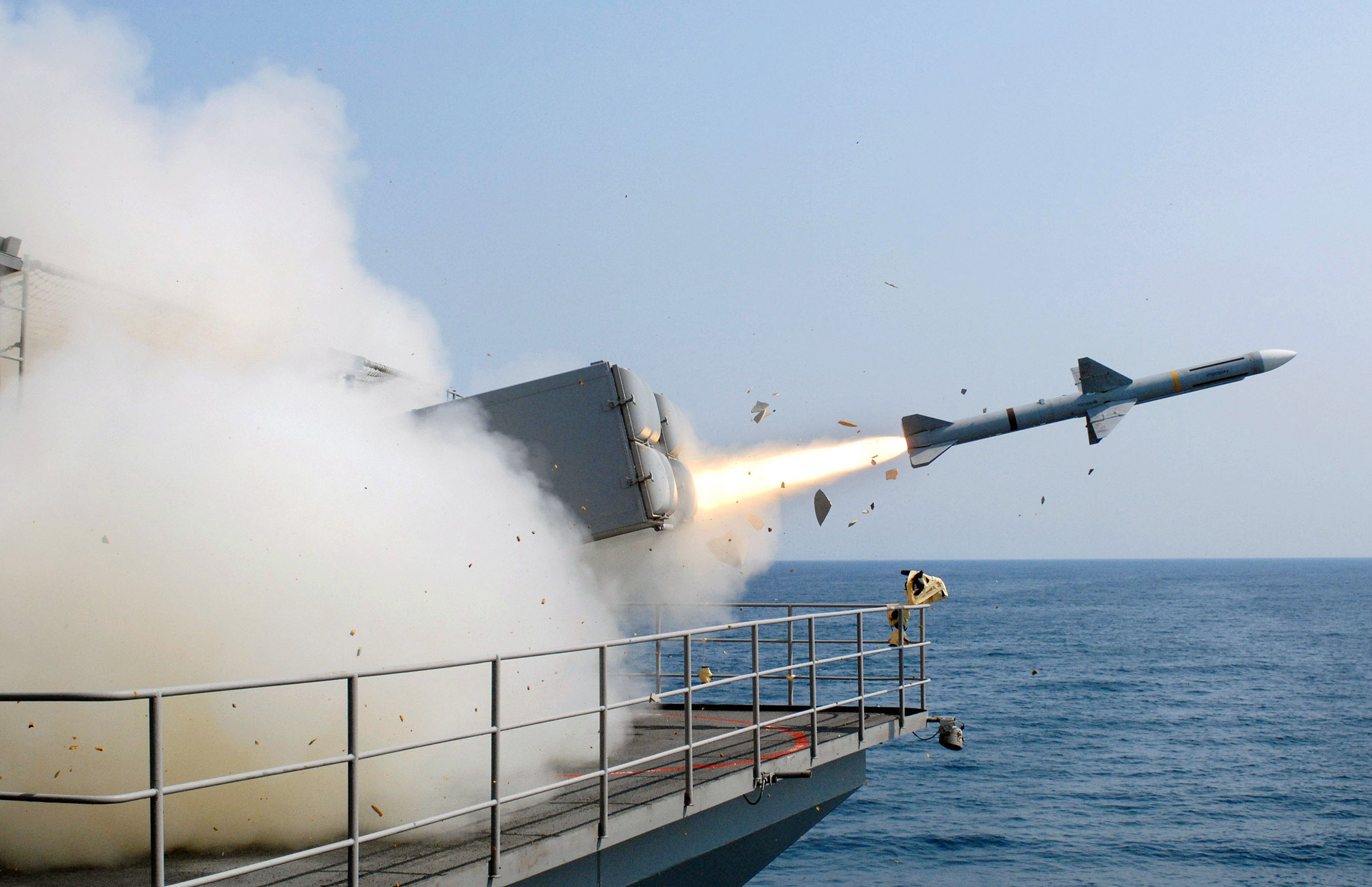The United States, Canada, and Finland will build icebreaking ships together under an initiative announced Wednesday.
This ICE Pact is a critical step in helping allied, democratic nations increase their shipbuilding capacity and better counter Russian and Chinese moves in the Arctic, National Security Advisor Jake Sullivan told reporters on the sidelines of the NATO Summit in Washington, D.C.
Over the next six months, the three governments will “jointly develop an implementation plan for this collaboration to build these highly complex and critical vessels for our allies and partners with interests and responsibilities in the Arctic and Antarctic regions,” according to a White House statement.
Said Sullivan: “There are authoritarian nations that are making offerings of icebreakers to the world and want to corner the icebreaker market. We’re determined to have democracies be in the lead in producing icebreakers and capabilities.”
Climate change, which is rapidly opening up new shipping and transit routes in the Arctic, is accelerating the importance of these vessels, he said.
Russia has more than three dozen icebreakers and China is expecting its fourth next year. The United States has just three, including the 48-year-old Polar Star and an inoperable sister ship that is being cannibalized for parts.
This gap has increasingly alarmed national security leaders and the Pentagon. Coast Guard officials testified last year that performing their Arctic and Antarctic missions in warming seas will require a total of eight to nine polar icebreakers, including four to five heavy polar icebreakers and four to five medium polar icebreakers. The service’s Polar Security Cutter program has funding to build two new heavy icebreakers and is seeking funds for at least a third.
But the icebreaker issue also reflects a broader problem for the United States: Chinese shipbuilders have far outgrown their U.S. rivals, with almost 230 times the capacity.
Sullivan said the White House hopes that the new pact will serve as a pilot for increased collaboration in ship-building between like-minded nations, similar to the sub-building AUKUS agreement between the United States, the UK, and Australia.
“If we can make this work—and I believe we can make it work—then it becomes a model for other forms of shipbuilding as we go forward, other types of capabilities that we can partner with democracies on. And it becomes a new model for how the United States can both rebuild its own shipbuilding industry and also ensure that we have the industrial base, as the West, to be able to produce the necessary types of every kind of ship,” he said.




















Discussion about this post